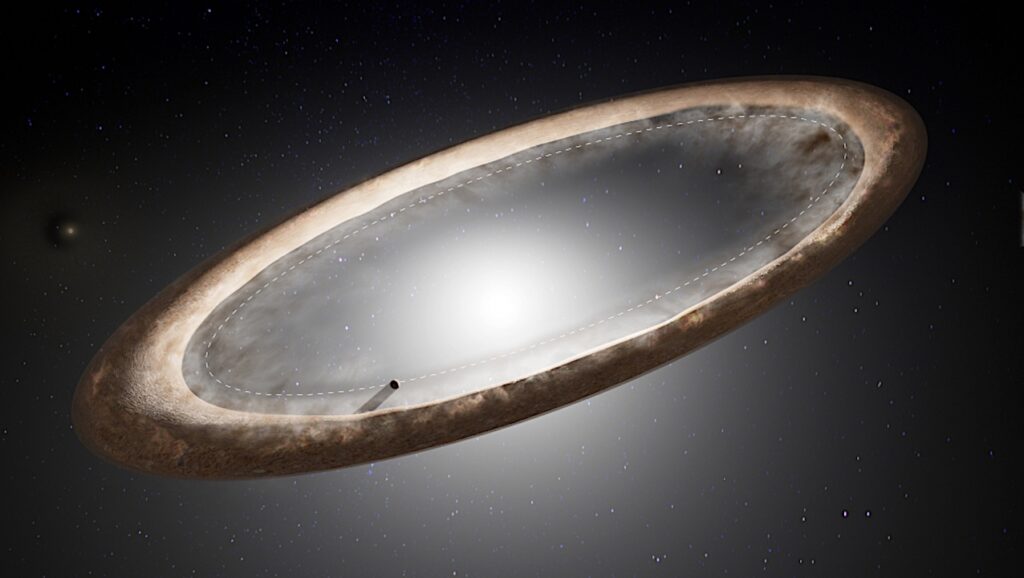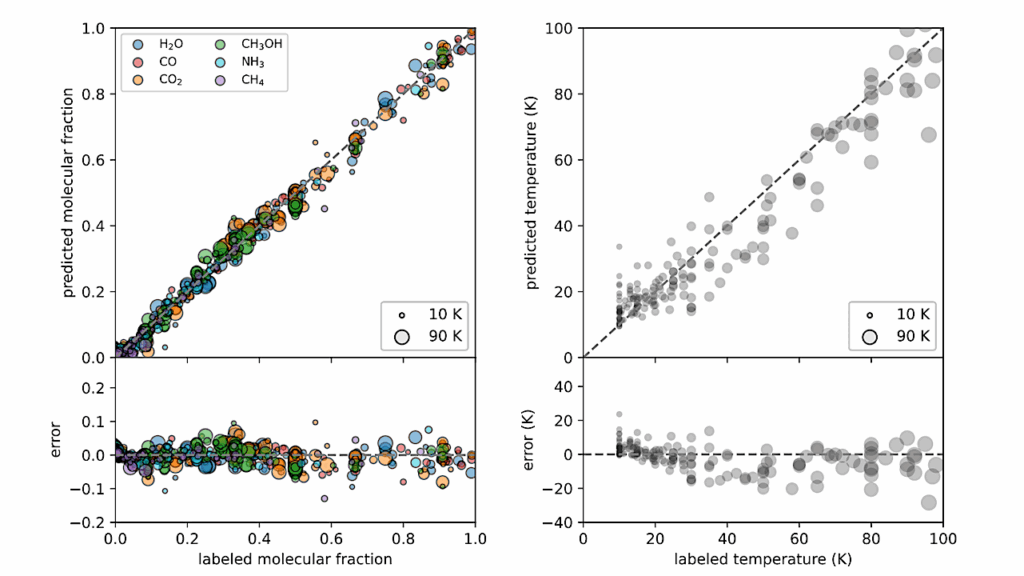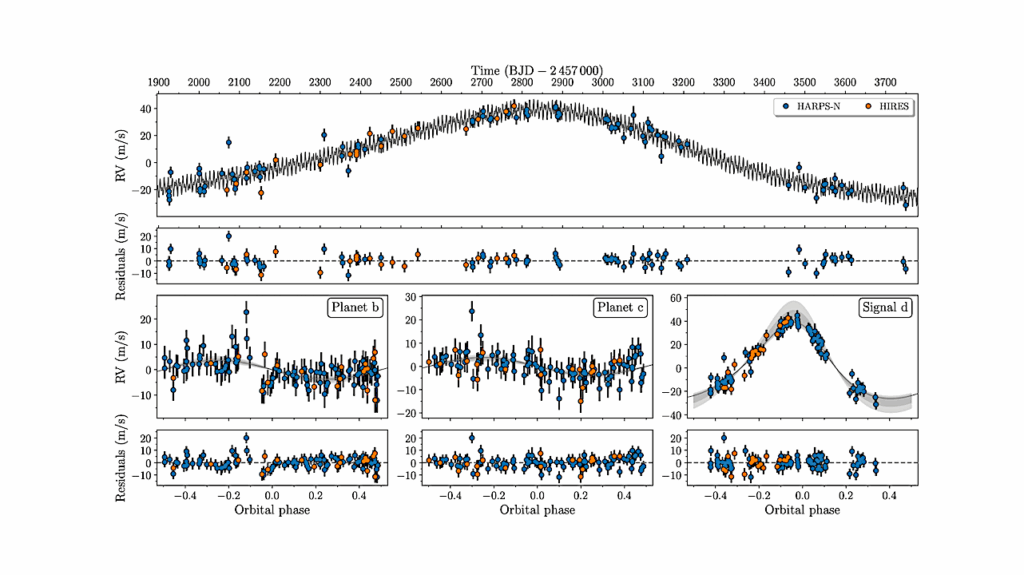Rogue Planets And Brown Dwarfs: Predicting Populations Of Free-floating Planetary Mass Objects Observable With JWST

Free-floating (or rogue) planets are planets that are liberated (or ejected) from their host systems. Although simulations predict their existence in substantial numbers, direct observational evidence for free-floating planets with masses below 5 Mjup is still lacking. Several cycle-1 observing programs with JWST aim to hunt for them in four different star-forming clusters.
These surveys are designed to be sensitive to masses of 1-15 Mjup (assuming a hot-start formation), which corresponds to spectral types of early L to late T for the ages of these clusters. If the existing simulations are not widely off the mark, we show here that the planned programs are likely to find up to 10-20 giant rogue planets in moderate density clusters like NGC1333 or IC348, and several dozen to about 100 in high-density regions like NGC2024 and the Orion Nebula Cluster. This number is expected to be modulated with the environment, and could be substantially higher if stars form multiple giant planets at birth.
In contrast, the number of free-floating brown dwarfs, formed from core collapse (i.e., like stars) is expected to be significantly lower, only about 0.25% of the number of stars, or 1-7 for the clusters considered here. Below 10 Mjup that number drops further by an order of magnitude. We also show that the planned surveys are not at risk of being significantly contaminated by field brown dwarfs in the foreground or background, after spectroscopic confirmation. Taken together, our results imply that if a population of L and T dwarfs were to be found in these JWST surveys, it is expected to be predominantly made up of rogue planets.
Aleks Scholz (St Andrews), Koraljka Muzic (Lisbon), Ray Jayawardhana (Cornell), Lyra Quinlan, James Wurster (St Andrews)
Comments: 16 pages, 3 figures, 2 tables, preprint, submitted to PASP, comments welcome
Subjects: Earth and Planetary Astrophysics (astro-ph.EP); Astrophysics of Galaxies (astro-ph.GA); Solar and Stellar Astrophysics (astro-ph.SR)
Cite as: arXiv:2208.09465 [astro-ph.EP] (or arXiv:2208.09465v1 [astro-ph.EP] for this version)
https://doi.org/10.48550/arXiv.2208.09465
Focus to learn more
Submission history
From: Alexander Scholz
[v1] Fri, 19 Aug 2022 17:41:52 UTC (99 KB)
Full paper https://arxiv.org/abs/2208.09465
Astrobiology,








